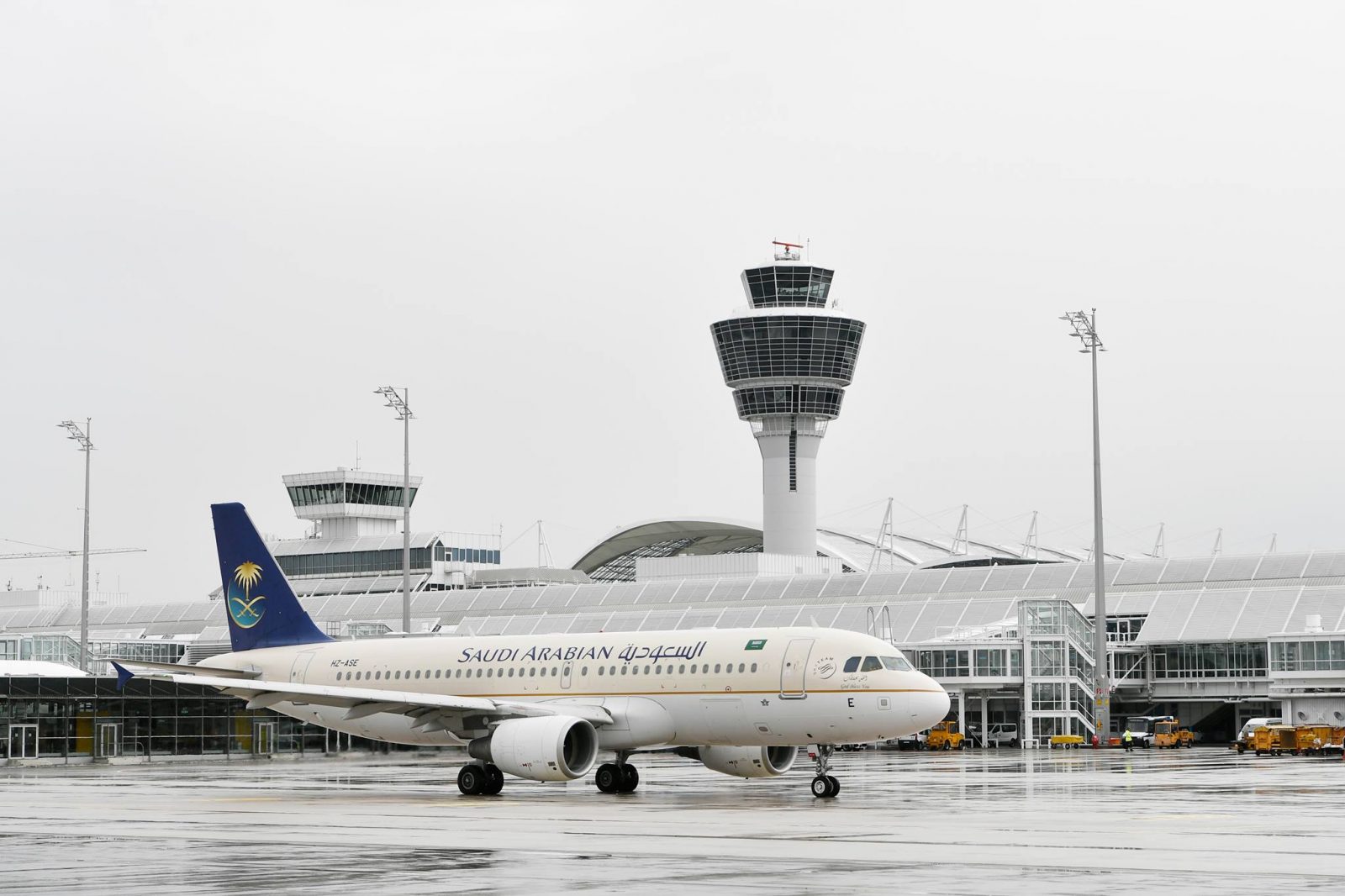
It’s pretty fair to say that 2017 was anything but a good year for United Airlines when it came to customer service fiasco’s – chief among them was the overbooking debacle that left Dr David Dao bloodied and bruised. But do you also remember #LeggingsGate when two female passengers were denied boarding because they were wearing spandex leggings?
It turned out the two women were travelling on a buddy pass – they were non-revenue passengers and unbeknown to them, they were expected to abide by a strict airline dress code which critics called misogynistic. United tried to explain that regular passengers could wear leggings but were soon forced to backtrack against the backdrop of rising customer anger.
A number of other airlines were clearly watching the United incident closely. The likes of American Airlines and British Airways have changed their own non-rev dress code policies in the last year, in line with changing social norms. Unless you’re wearing something really offensive, chances are, an airline will allow you to fly.
But what is deemed “offensive” might be very different in the United States or Great Britain, compared to say Saudi Arabia for example – as one very well travelled passenger on the country’s State-owned airline, Saudia recently found out.
Jordan Bishop, the founder of a corporate travel booking agency and travel writer for Forbes magazine very nearly didn’t make it onboard his recent Saudia operated flight from Jakarta to Istanbul via Riyadh. His crime? Jordan was wearing shorts – something the gate agent told him was in violation of Saudia’s dress code.
As Jordan explained:
“I was surprised to say the least. I’m no stranger to international travel, and my attire has never been remotely questioned in any of my past flying experiences.”
This, however, was no joke. The dress code has actually been written about in the past and it simply states:
“Saudia is requesting from their guests to abide by a dress code whereby they are clothed in a manner that is in line with public taste or not offensive to other passengers.”
It turns (from an earlier but now redacted version of the dress code) that men wearing shorts is one example of offensive attire. Women who don’t cover their legs or arms, or wear too thin or too tight clothing can also apparently be denied boarding.
Jordan points out that he doesn’t necessarily disagree with Saudia having a dress code. The Kingdom of Saudia Arabia, after all, is an ultra-conservative Muslim State and despite efforts by Crown Prince Mohammed Bin Salman to diversify the country’s economy – of all things, in tourism – society remains heavily regulated with strict rules on what people may and may not wear.
But it does put Saudia at odds with what passengers are becoming accustomed to on other airlines. Saudia is a member of the Skyteam Alliance – other members include Delta which prides itself on inclusivity and diversity, the egalitarian Air France and the chic Alitalia.
Quick thinking saved the day for Jordan – he ran to an airport shop, bought a sarong and tied it around his waist. It achieved just enough modesty to get him onto his flight. Once onboard, he spoke with flight attendants and discovered Saudia’s strict dress code was something that passengers fall foul of with unsurprisingly regularity.
Despite Saudia’s efforts to become a more recognised (and accessible) global brand – with big investments in its product, service and network – it appears the airline’s dress code is yet another barrier to access. Not to mention, Saudia being forced to pull out of Canada over a political spat and of course, the major regional conflict with neighbouring Qatar.
Mateusz Maszczynski honed his skills as an international flight attendant at the most prominent airline in the Middle East and has been flying ever since... most recently for a well known European airline. Matt is passionate about the aviation industry and has become an expert in passenger experience and human-centric stories. Always keeping an ear close to the ground, Matt's industry insights, analysis and news coverage is frequently relied upon by some of the biggest names in journalism.







